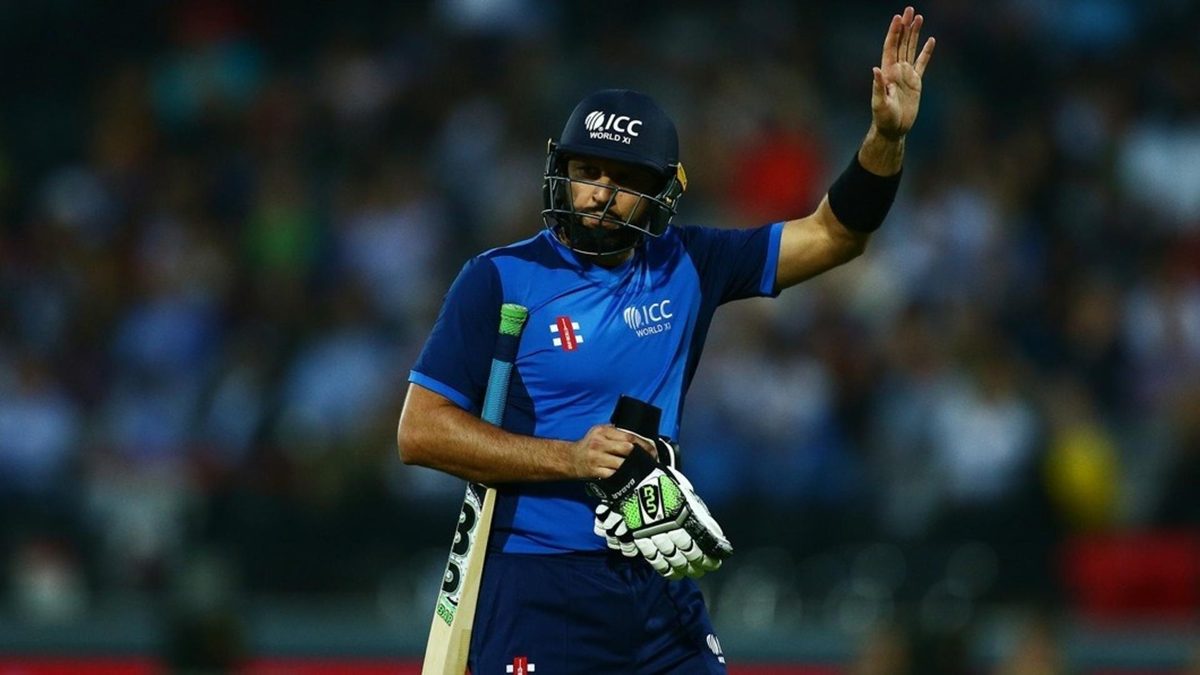
In a match with international status in 2018, seven years after the runner was abolished in international cricket, Shahid Afridi walked out to bat at Lord’s with Sam Billings as his runner.
The abolition
If one had to pinpoint one incident that triggered the abolition of runners, the best option would be the South Africa-England clash of the 2009 Champions Trophy, at Centurion. After spending the entirety of the England’s innings of 323-8 on the field, home captain Graeme Smith led the response with a dazzling hundred.
By the time the South African innings reached the end of the 44th over, Smith had cramped up: he asked for a runner. Andrew Strauss, his English counterpart, did not allow him to (“you don’t get a runner for cramps, full stop”), as he was entitled to by the Laws of Cricket. Two days later, the ICC defended Strauss’s stance.
The ICC Playing Conditions were subsequently revised to leave the decision at the discretion of the umpires. At Sydney during the 2010/11 Ashes, a cramped Jonathan Trott was allowed a runner. Australian captain Michael Clarke voiced his displeasure on the same subject.
On June 27, 2011, the ICC abolished the runner altogether from international matches, bringing an end to a long-standing debate and allowance (and, over the time, several hilarious incidents). Law 25 of cricket continues to deal with runners for non-international games.
The cause and the match
In 2017, Hurricanes Irma and Maria devastated large stretches of the Caribbean, including Windsor Park Stadium, Dominica and Roland Webster Park, Anguilla. On May 31, 2018, Lord’s hosted a fundraising T20 match between the West Indies and a World XI. As with the World Cricket Tsunami Appeal match between the Asia XI and World XI, this match got international status.
In other words, it was a match were batters were not supposed to use runners.
Eoin Morgan, who had led England in the 2016 T20 World Cup final, was set to lead the World XI here against the defending champions. When a finger injury ruled Morgan out of the game, they drafted Sam Billings in the XI and named Afridi the captain. Both would play their part in the incident of the game.
Powered by Evin Lewis (58 in 26 balls), Marlon Samuels (43 in 22), Denesh Ramdin (44 not out in 25), and Andre Russell (21 not out in 10), the West Indians amassed 199-4. Two of the four wickets went to a young Afghan leg-spinner, who would emerge as a legend of the format.
The World XI innings never took off after Samuel Badree (2-4) and Russell (2-25) reduced them to 8-4. When captain Carlos Brathwaite took out Shoaib Malik, it was Afridi’s turn to bat.
The incident
Afridi had not played for Pakistan since the T20 World Cup two years ago. Here, he had Andre Fletcher stumped off his second ball, but had wheeled away for four overs of innocuous leg-breaks – his 98th wicket in his 99th T20I.
And when he limped out to join Thisara Perera, he was not alone. Billings had walked out with him, as the first runner in international cricket since Ajinkya Rahane had run for Parthiv Patel in the Lord’s ODI of 2011 against England.
If the ICC not sticking to their own rules did not grab much attention, it was down to the nature of the game. While an international match, neither the outcome nor the playing conditions were of utmost importance that day.
Afridi did not last long after banishing a ball from Keemo Paul to the fine-leg fence for four. Paul had his revenge, having Afridi caught at deep mid-wicket for 11. It was only Thisara’s 37-ball 61 that took the World XI to 127 as Kesrick Williams (3-42) ran through the lower order.
Afridi did not play international cricket again. Given the unconventional nature of his cricketing days, it was perhaps befitting that his last act would involve breaking the rules – albeit with permission from the authorities.








